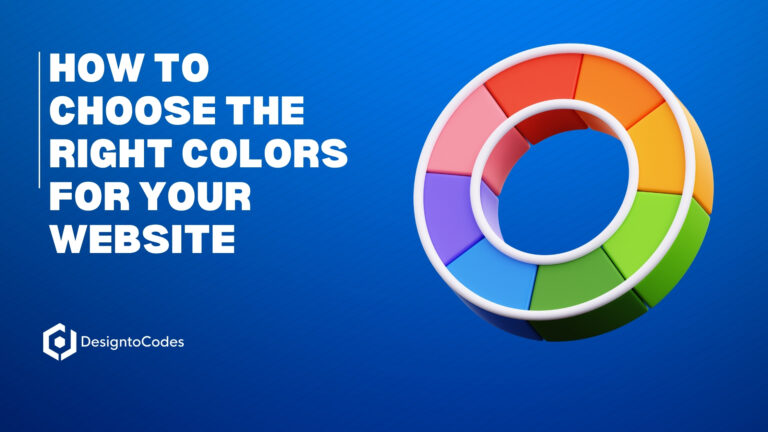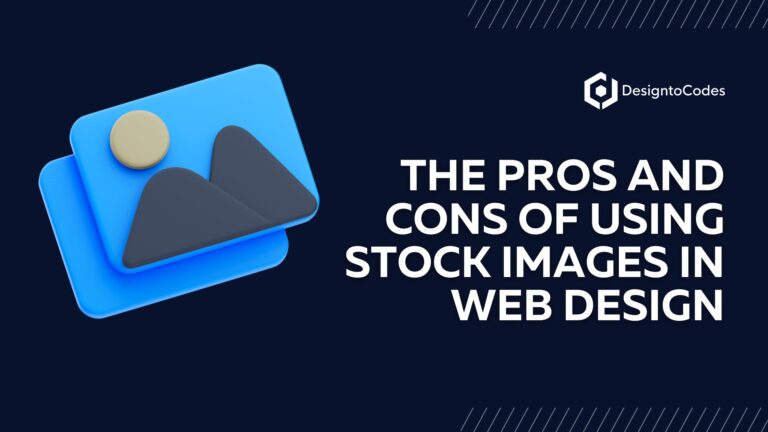
Key Elements Of A Successful Website: A Deep Dive Into Sections
Designing a successful website involves more than just having an attractive appearance. A well-rounded user experience is crucial for the success of any website. In this article, we will explore the key elements of a successful website creation, exploring the essential sections and modules that every website should include. By the end of this article, you will have a deep understanding of how to optimize your website to provide the best possible experience for your users.
Website Sections and Modules
Let’s define what we mean by website sections and modules. Website sections refer to the main divisions or pages on a website, such as the homepage, about us page, services, blog, contact, etc.
On the other hand, modules are smaller components or elements within these sections that serve specific purposes. For example, a testimonial slider, a contact form, or a product gallery.
The Importance of User Experience (UX)
It’s crucial to understand the significance of user experience. UX is the overall experience a visitor has while navigating a website. It directly influences how users perceive a brand, interact with the content, and make purchasing decisions. A seamless and intuitive user experience is the foundation for website success.
Key Elements Of A Successful Website
Let’s explore what makes a website successful. We’ll take a closer look at the key aspects of a website and the features that every website should have.
Responsive Design
With the majority of internet users accessing websites through mobile devices, having a responsive design is non-negotiable. A responsive website adapts to different screen sizes and resolutions, providing optimal viewing and interaction across devices. Google values mobile-friendliness and rewards websites with responsive designs with higher search rankings.
Captivating Hero Section
The hero section, prominently displayed at the top of a homepage, plays a crucial role in capturing visitors’ attention. It should contain a compelling headline, captivating imagery, and a clear call to action. This section sets the tone for the rest of the website and entices users to explore further.
Intuitive Navigation
User-friendly navigation is paramount for guiding visitors through a website seamlessly. Organize the navigation menu logically, using clear and concise labels. A well-structured navigation system enhances user experience and ensures that visitors can find what they’re looking for with ease.
High-Quality Content
Content is king. Engaging, informative, and well-written content is essential for attracting and retaining visitors. It should be relevant to the audience and optimized for search engines to improve visibility.
Compelling Visual Design
Visually appealing websites capture users’ attention and leave a lasting impression. The use of high-quality images, graphics, and consistent branding helps establish credibility and professionalism.
Effective Call-to-Action
Strategically placed CTAs encourage visitors to take specific actions, such as making a purchase, subscribing to a newsletter, or contacting the company. Use bold colors and persuasive language to draw attention to these buttons, making them stand out amidst other elements on the page.
Testimonials and Social Proof
Testimonials and social proof build trust and credibility. Displaying positive feedback from satisfied customers and showcasing social media follower counts can persuade potential customers to engage with the brand. Social proof is a powerful psychological trigger that boosts conversion rates.
Contact Information
Make it easy for visitors to get in touch with the company. Provide clear and visible contact information, including email addresses, phone numbers, and physical addresses. Incorporate a contact form to enable quick inquiries and support requests.
About Us Page
The “About Us” page gives businesses the opportunity to share their story, values, and mission with the audience. A well-crafted About Us page humanizes the brand and creates a connection with potential customers, fostering brand loyalty.
FAQ Section
An FAQ section addresses common customer queries and concerns. By providing informative answers, businesses can preemptively resolve doubts and streamline customer support. Search engines also appreciate the value of FAQs, as they often contain relevant keywords and phrases.
Blog and Resources
A blog and resources section serves as a valuable tool for content marketing and SEO. Regularly updating the blog with relevant and insightful articles enhances the website’s authority and improves search engine rankings. It also provides visitors with additional value and encourages repeat visits.
Speed and Performance Optimization
Website speed and performance are critical for retaining visitors and reducing bounce rates. Optimize images, enable caching, and choose a reliable hosting provider to ensure a smooth and fast browsing experience for users.
Security Measures
Implementing robust security measures, such as SSL certificates and regular software updates, safeguards the website and its visitors from potential threats. A secure website instills trust in users and protects sensitive data, boosting customer confidence.
Interactive Elements
Incorporating interactive elements, such as quizzes, calculators, and interactive product showcases, enhances user engagement and makes the website more memorable. Interactivity can lead to increased time spent on the site and improved conversion rates.
Visual Hierarchy
A well-structured visual hierarchy guides users through the website, directing their attention to key elements and calls-to-action. Use size, color, and placement to establish a clear visual hierarchy that aligns with the website’s goals.
Accessibility
An inclusive website design ensures that all users, regardless of disabilities, can access and navigate the content. Comply with accessibility guidelines to provide an inclusive online experience and demonstrate a commitment to social responsibility.

How to Optimize Website Sections and Modules
To create a well-optimized website, each section and module must be optimized for search engines and user experience. Here are some essential tips:
- Optimize images, videos, and other media for faster loading times.
- Minimize HTTP requests and enable browser caching to reduce load times.
- Organize content with a clear visual hierarchy, using headings, subheadings, and bullet points.
- Highlight important information through font size, color, and spacing.
- Ensure website sections and modules are accessible to people with disabilities.
- Use alt text for images and adhere to other accessibility standards.
- Use lazy loading for images and embed videos responsibly.
FAQ
What are the key elements of a successful website?
A successful website should have a responsive design, intuitive navigation, compelling visual design, high-quality content, effective CTAs, contact information, testimonials, a blog section, an About Us page, and dedicated pages for products or services.
How important is responsive design for a website’s success?
Responsive design is crucial since it ensures your website looks and functions well on various devices, such as desktops, tablets, and mobile phones.
What role does website speed play in the success of a site?
Website speed is vital as users expect fast-loading pages. Slow sites can lead to high bounce rates and negatively impact user experience.
How do I ensure my website is search engine friendly?
To make your site search engine friendly, focus on optimizing your content with relevant keywords, using meta tags, and creating high-quality backlinks.
How can I enhance the user experience on my website?
Improve site navigation, reduce clutter, use clear and concise language, incorporate multimedia elements, and ensure fast-loading pages to enhance user experience.
Conclusion: Key Elements of a Successful Website
Designing a successful website requires careful consideration of various elements that contribute to a positive user experience. By implementing a responsive design, engaging content, clear CTAs, and other essential features, a website can rank high in Google search results and, more importantly, leave a lasting impression on its visitors.
It’s important to make your website appealing to potential customers and to create an environment that encourages them to come back for more. With the digital landscape constantly changing, it’s important to stay up-to-date and continue to improve your website to stay ahead of the competition.
- Categories: Reading
Share This Post
Subscribe To Our Newsletter
Get More Update and Stay Connected with Us






